-
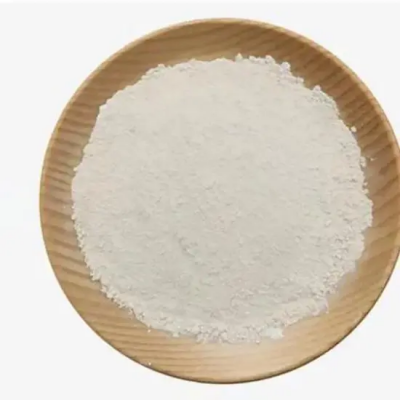
3-Chlorothiophene-2-carboxylicacid CAS:59337-89-2
3-Chlorothiophene-2-carboxylicacid is a chemical compound utilized as an important building block in organic synthesis. Its specific molecular structure makes it a valuable intermediate for the production of various organic compounds, including pharmaceuticals, agrochemicals, and specialty chemicals.
-
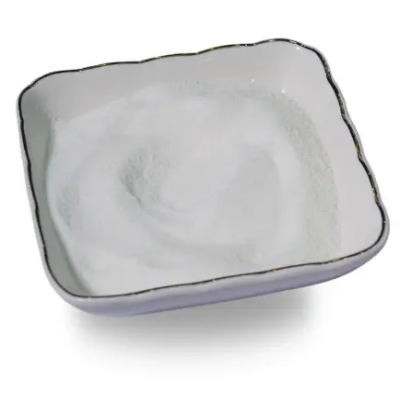
4,4′-Dimethoxytritylchloride CAS:40615-36-9
4,4′-Dimethoxytritylchloride is a compound commonly used in organic synthesis and chemical research. It is also known as DMTr-Cl and has the molecular formula C22H21ClO2. This compound plays a significant role in the protection of hydroxyl groups during chemical reactions, particularly in the field of nucleotide and peptide synthesis.
-

H-Glu-(OMe)-OMe·HCL CAS:23150-65-4
H-Glu-(OMe)-OMe·HCl is a modified form of glutamic acid designed for applications in peptide synthesis and biochemical research. This derivative, available in the hydrochloride form, features methyl ester groups, providing unique properties for studies in drug development, proteomics, and protein structure and function analysis. With its tailored structure, H-Glu-(OMe)-OMe·HCl offers researchers a versatile tool for creating peptides with specific characteristics and investigating complex biological processes.
-

H-His-OMe·2HCl CAS:7389-87-9
H-His-OMe·2HCl is a derivative of histidine featuring a methyl ester group and two hydrochloride salts, commonly used in peptide synthesis and biochemical research. This compound offers unique properties for applications in drug development, proteomics, and the study of protein structure and function. With its tailored structure, H-His-OMe·2HCl provides researchers with a versatile tool for creating customized peptides and investigating complex biological processes.
-

H-Gly-ONp·HCl CAS:17639-39-3
H-Gly-ONp·HCl is a derivative of glycine featuring an o-nitrophenyl (ONp) ester group, commonly used in peptide synthesis and biochemical research. This compound offers unique properties for applications in drug development, proteomics, and the study of protein structure and function. With its tailored structure, H-Gly-ONp·HCl provides researchers with a versatile tool for creating customized peptides and investigating complex biological processes.
-
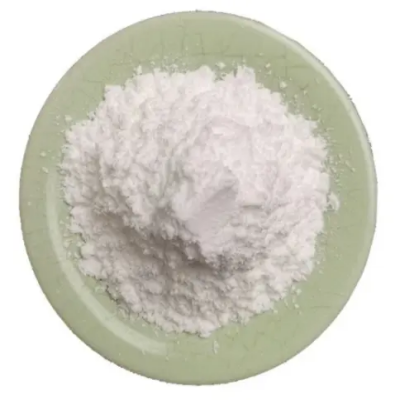
H-Hyp-OMe·HCl CAS:40216-83-9
H-Hyp-OMe·HCl is a derivative of hydroxyproline featuring a methyl ester group and hydrochloride salt, commonly used in peptide synthesis and biochemical research. This compound offers unique properties for applications in drug development, proteomics, and the study of protein structure and function. With its tailored structure, H-Hyp-OMe·HCl provides researchers with a versatile tool for creating customized peptides and investigating complex biological processes.
-
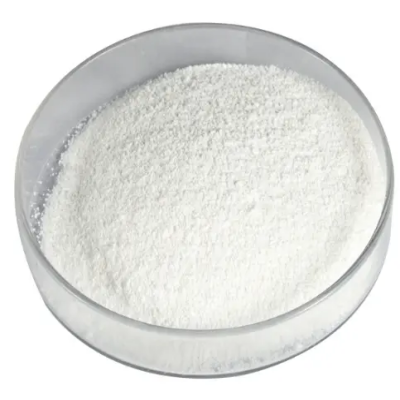
H-Gly-OBut·HCL CAS:27532-96-3
H-Gly-OBut·HCl is a derivative of glycine featuring a butyl ester group, commonly used in peptide synthesis and biochemical research. This compound offers unique properties for applications in drug development, proteomics, and the study of protein structure and function. With its tailored structure, H-Gly-OBut·HCl provides researchers with a versatile tool for creating customized peptides and investigating complex biological processes.
-

4-BROMOBENZENESULFONICACIDMONOHYDRATE CAS:138-36-3
4-Bromobenzenesulfonic acid monohydrate is a chemical compound with the molecular formula C6H5BrO3S·H2O. It is a white to off-white crystalline solid that is soluble in water and organic solvents. This compound is commonly used as a reagent in organic synthesis, particularly in the production of pharmaceuticals, dyes, and specialty chemicals. Its hydrate form ensures stability and ease of handling in various applications.
-
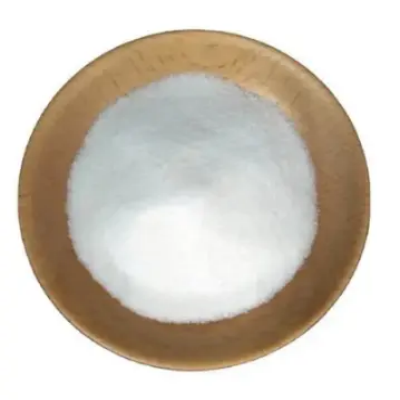
Bz-His-OH CAS:5354-94-9
Bz-His-OH is a derivative of histidine containing a benzyl (Bz) protecting group, commonly used in peptide synthesis and biochemical research. This compound offers unique properties for applications in drug development, proteomics, and the study of protein structure and function. With its tailored structure, Bz-His-OH provides researchers with a versatile tool for creating customized peptides and investigating complex biological processes.
-

H-Glu-(OBut)-OMe CAS: 6234-01-1.
H-Glu-(OBut)-OMe is a modified form of glutamic acid designed for applications in peptide synthesis and biochemical research. This derivative features a butyl ester group and a methyl ester group, providing unique properties for studies in drug development, proteomics, and protein structure and function analysis. With its tailored structure, H-Glu-(OBut)-OMe offers researchers a versatile tool for creating peptides with specific characteristics and investigating complex biological processes.
-
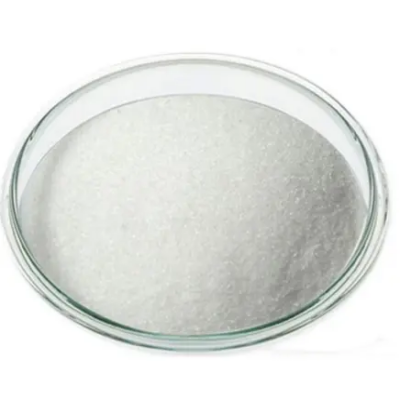
Tos-Gly-OSu CAS:68385-26-2
Tos-Gly-OSu is a derivative of glycine featuring a tosyl (Tos) group and N-hydroxysuccinimide (NHS), commonly used in peptide synthesis and biochemical research. This compound offers unique properties for applications in drug development, proteomics, and the study of protein structure and function. With its tailored structure, Tos-Gly-OSu provides researchers with a versatile tool for creating customized peptides and investigating complex biological processes.
-

H-Gly-OMe·HCL CAS:5680-79-5
H-Gly-OMe·HCl is a derivative of glycine featuring a methyl ester group, commonly used in peptide synthesis and biochemical research. This compound offers unique properties for applications in drug development, proteomics, and the study of protein structure and function. With its tailored structure, H-Gly-OMe·HCl provides researchers with a versatile tool for creating customized peptides and investigating complex biological processes.

